Baking Bread: how yeast works
Making bread is not easy. It takes a long time to make it. Some breads even have to ‘sit’ overnight or for a whole day! Most of that time is spent waiting for the yeast to help the bread rise.
The process of making bread can be broken down at a very simple level into four steps. First, the ingredients are mixed; the four basic ingredients used to make a bread are flour, water, yeast, and salt. Combining these creates a dough, which is then kneaded before being left to rise, before being baked.
Yeast is the main reason why bread takes so long to make. Yeast is a living creature. It is usually sold as a powder at the grocery store. When you make bread, you have to mix yeast in with flour and water in order to make a dough. Then you leave the dough alone.
The yeast will start to eat the sweetest part of the flour. As the yeast eats, it releases a gas called carbon dioxide. The gas gets trapped in the dough, and the dough gets big and puffy. This is called rising, or proofing.
Most breads rise for a couple of hours. When the rising is done, the bread must be baked. The heat of baking kills the yeast, so it stops rising. This leaves fluffy air holes will appear throughout your finished bread. Yum-yum!













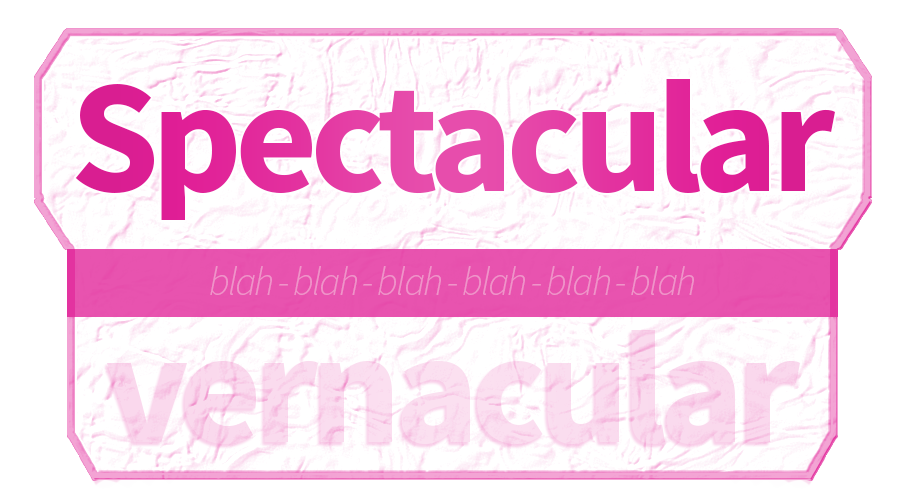



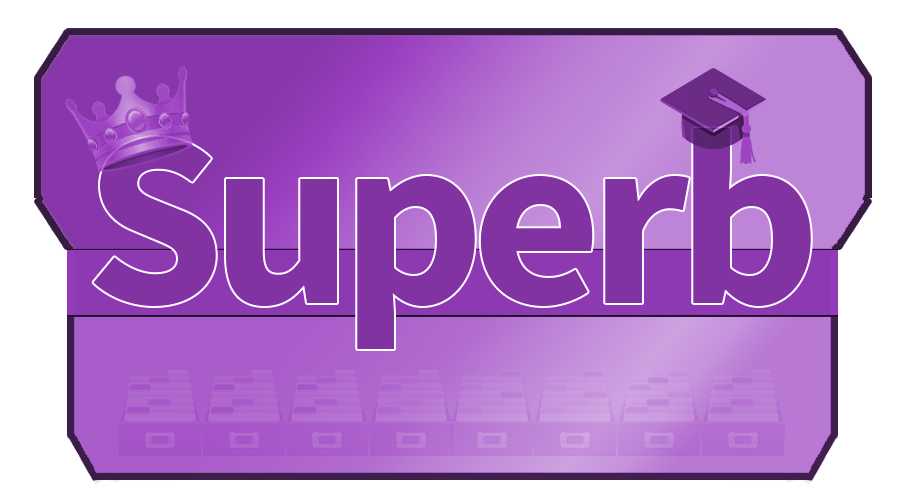

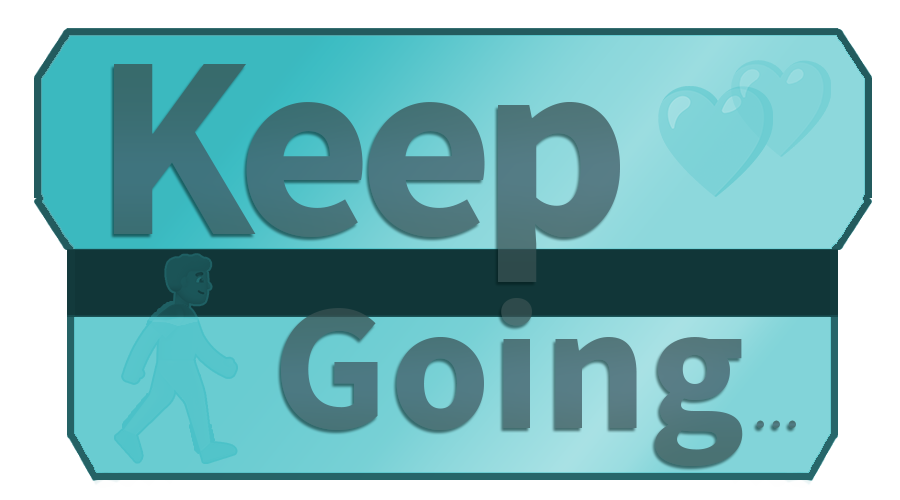


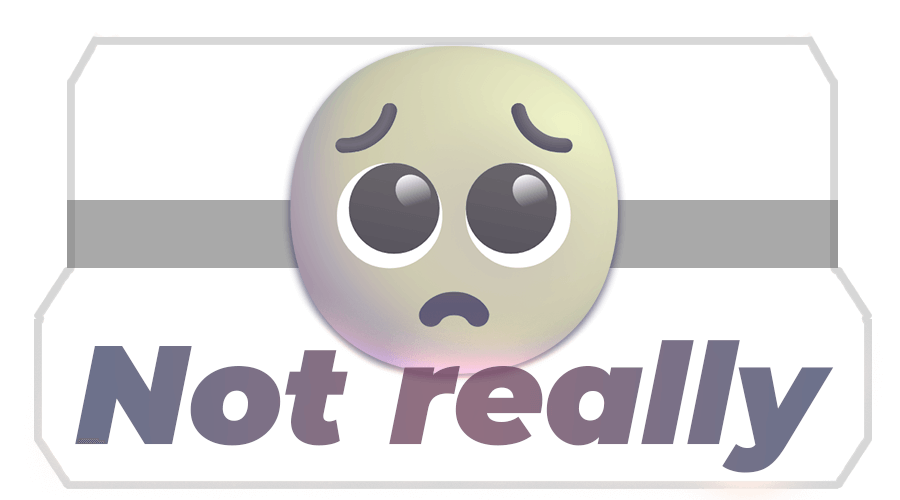
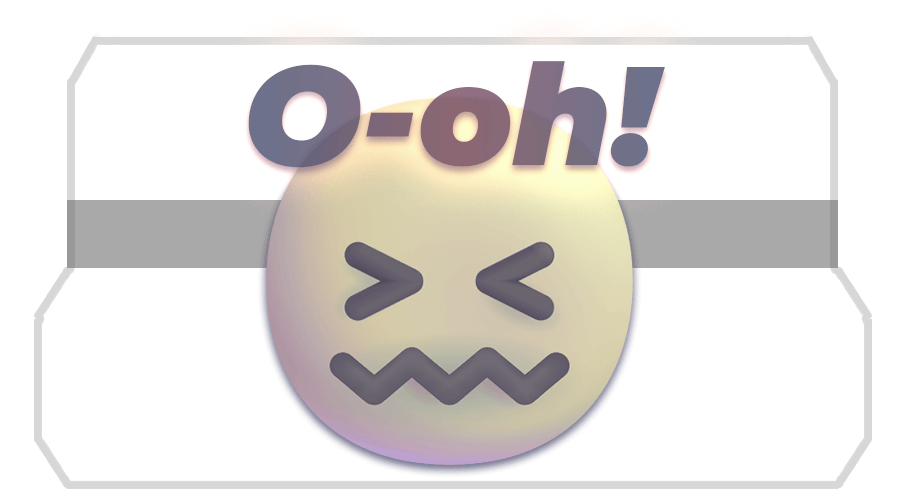
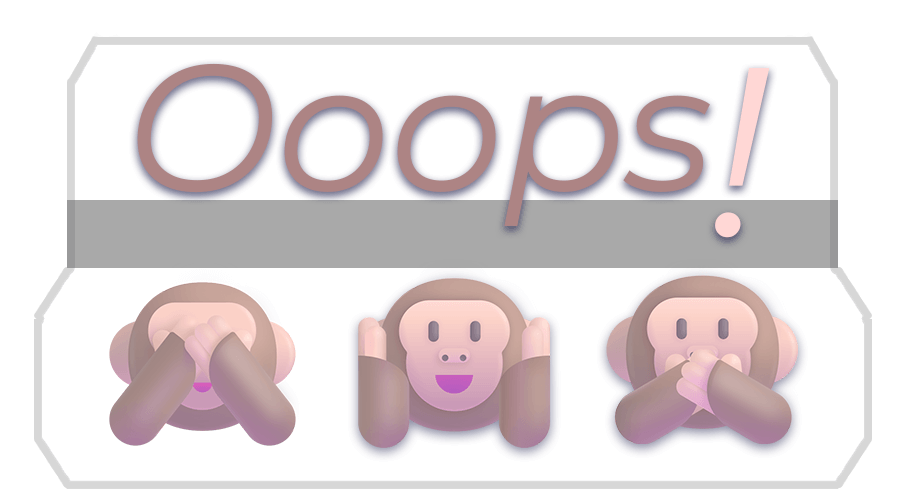
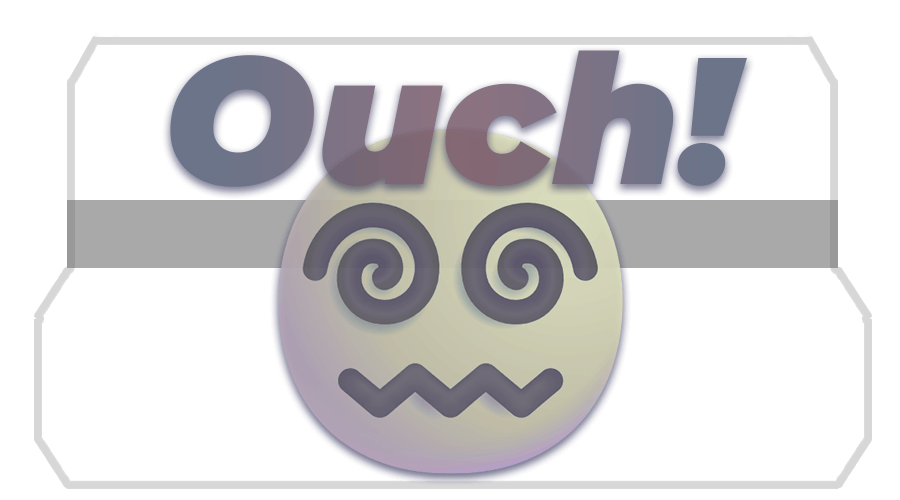
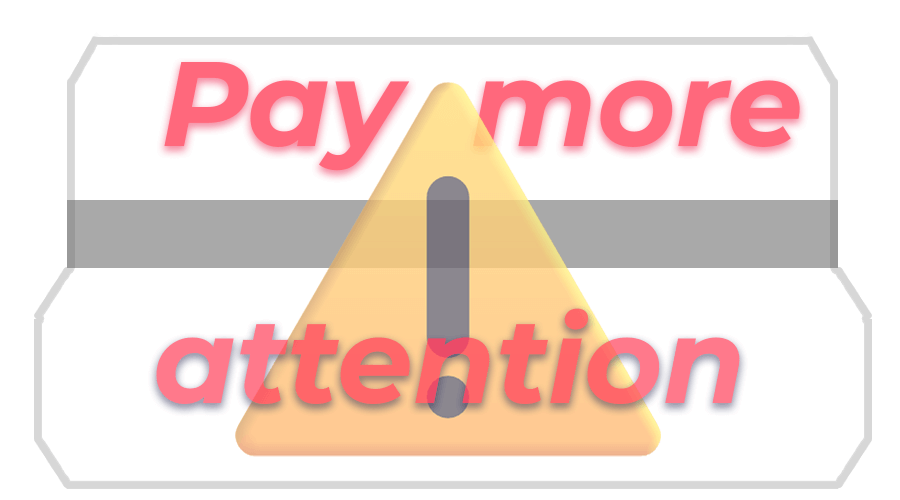
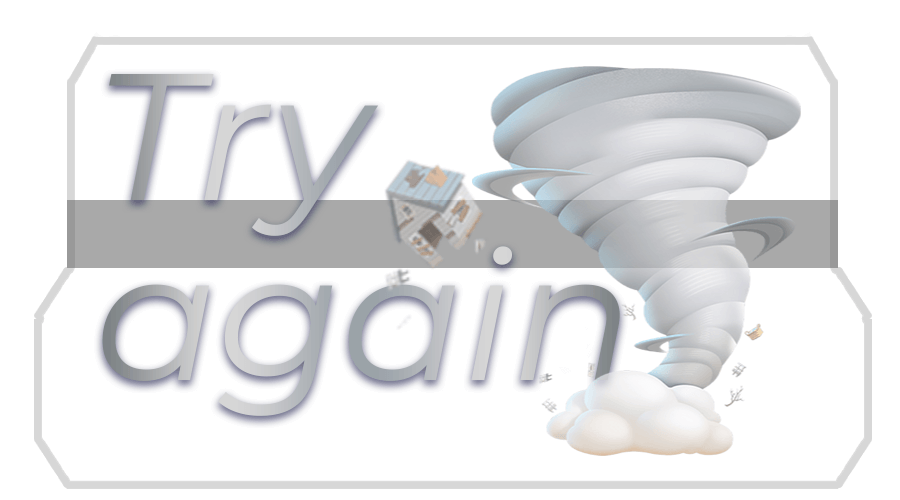


Interessante, vou até tentar fazer um bolinho depois dessa…
Yum-yum!!